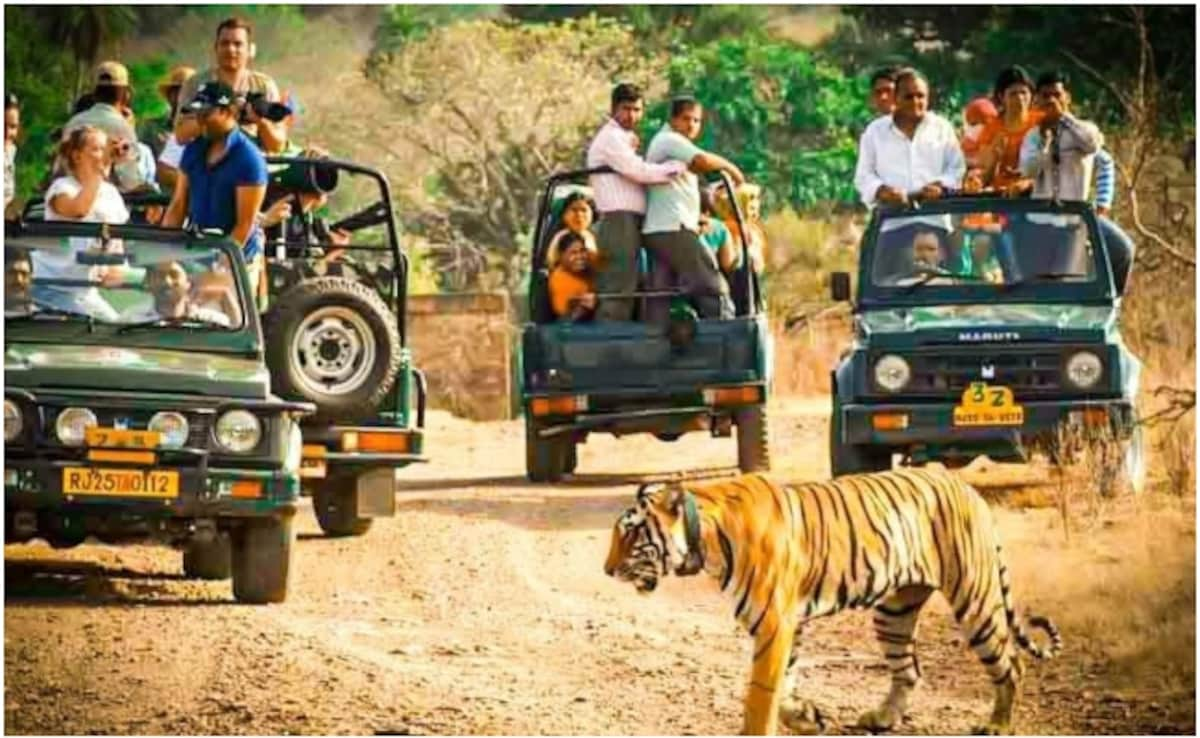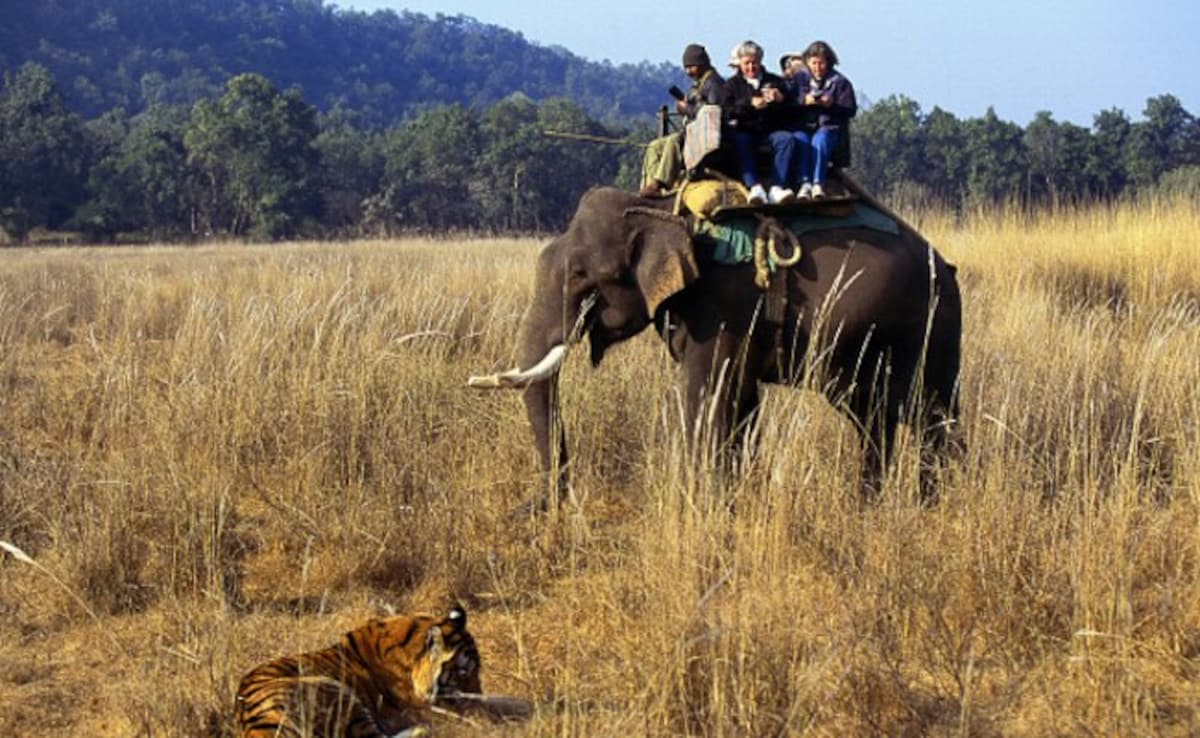
The first thing that hits you on a jungle safari in India is not a sight-it is a sound. Dry leaves cracking under a langur's jump. The distant call of a peacock. The sudden stillness that makes you sit up straighter. You are in their world now. Tigers may be the headliners, but they are just one part of the script. No two safaris are the same, and no two seasons are either. The burnt gold of summer, the soft greens after monsoon, the clear views in winter - each changes the way the forest feels and what it reveals. From Kanha's open meadows to Kaziranga's tall elephant grass, timing is not just a detail. It shapes everything.
Before you block your calendar or check safari permit slots, it helps to know what each season brings to the table. Because in the wild, when you go often matters more than where.
Also Read: Planning Jungle Safari? Top 10 Dos And Don'ts For Thrilling Wildlife Experience
Wildlife Safari Season In India: What Months Are Best?
Most of India's national parks and wildlife sanctuaries operate in sync with the monsoon. Parks typically remain closed during the rainy months - July to September - because of slippery trails, difficult visibility, and forest regeneration needs. The rest of the year is divided between two key safari seasons:
- Winter: October to February
- Summer: March to June
Each season offers something different. Winter is cooler and greener, making it ideal for family trips and birdwatching. Summer, though searingly hot, is peak season for big cat sightings as animals gather around shrinking water bodies.

Best Time For Wildlife Viewing: Why Winter Safaris In India Are Ideal For Families
If you are looking for a safari where the scenery is just as important as the animals, winter is ideal. The forest is freshly washed after the monsoon, the skies are clear, and the air is invigorating.
This is also when migratory birds arrive, filling the parks with colour and birdsong. While the thick greenery can make spotting elusive animals like tigers more difficult, the overall experience feels lush and immersive.
Top National Parks For Winter Jungle Safaris:
- Jim Corbett National Park, Uttarakhand: Great for birdwatchers and elephant sightings.
- Kanha and Bandhavgarh, Madhya Pradesh: Dense forests but still good odds of tiger sightings.
- Periyar Wildlife Sanctuary, Kerala: Known for scenic boat safaris through misty backwaters.
Expert tip: If you are visiting Jim Corbett during winter, do pack light woollens. Early morning safaris can be surprisingly cold.
Also Read: 5 Wildlife Safari Destinations Loved By Celebrities That Belong On Your Bucket List
Summer Jungle Safaris In India: Best Season For Tiger Sightings
Summer in the jungle is intense. It is dusty, dry, and punishingly hot. But for seasoned wildlife lovers and photographers, this is the time. With most of the forest drying up, animals-including tigers, leopards, and sloth bears-are often seen around waterholes.
With less foliage and fewer tourists, safaris feel quieter and more focused. If you can handle the heat, the pay-off is high.
Best National Parks For Summer Safari In India:
- Ranthambore National Park, Rajasthan: Reliable tiger sightings against a rugged backdrop.
- Tadoba Andhari Tiger Reserve, Maharashtra: Underrated, but it has a high density of big cats.
- Bandhavgarh and Pench, Madhya Pradesh: Especially good for photographers and wildlife filmmakers.
Expert tips: Wear light cotton clothing, carry a water bottle, and do not forget a wide-brimmed hat. Aim for early morning or evening safaris for better sightings and tolerable weather.
Monsoon Jungle Safari In India: Where To Go During The Rainy Season
Most national parks shut down during the monsoon, and for good reason. The rains make trails difficult to navigate, and visibility drops. It is also breeding season for many animals, so the forest needs to be quiet.
That said, a few parks in southern India remain partially open and offer a completely different kind of jungle experience - less about sightings, more about mood.
Periyar in Kerala and Nagarhole in Karnataka offer monsoon safaris where mist-covered trees, swollen rivers, and bird calls replace big cat drama. For nature lovers who are happy just being surrounded by greenery and quiet, this can be deeply satisfying.

How To Choose The Right Safari Season In India Based On Your Travel Goals
There is no one-size-fits-all answer to the best time for a jungle safari in India. It depends on what you value - cool weather, birdwatching, solitude, or dramatic wildlife sightings. But whichever season you choose, remember that safaris reward patience.
Sometimes, the best moments happen in silence-the distant call of a langur, the slow movement of a herd, or just the way light filters through the trees. Plan your safari with the right expectations, and nature will do the rest.
Track Latest News Live on NDTV.com and get news updates from India and around the world

